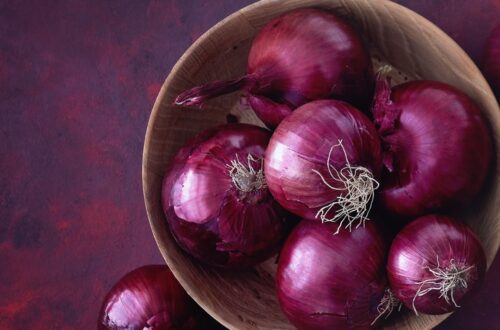
Basic Biryani Types
Pilau, Biryani, and Dum Biryani are popular rice dishes in Indian cuisine, differing in ingredients, cooking methods, and flavors.
𝗣𝗜𝗟𝗔𝗨. 𝗣𝗨𝗟𝗔𝗢. 𝗣𝗜𝗟𝗔𝗙: Rice is sautéed with spices and mixed with seafood, meat, vegetables, or legumes before adding broth or water to finish cooking. The grains, which can include varieties other than basmati, tend to be softer and more cohesive than biryani, resulting in a milder flavor. Typically featuring fewer spices, pilau is prepared using the absorption method and is often served with a side of meat or vegetables. This dish has many regional variations across South Asia, the Middle East, and Central Asia.
𝗕𝗜𝗥𝗬𝗔𝗡𝗜: This dish involves layering marinated cooked meat with partially cooked rice in a sealed pot. Each grain remains separate and fluffy, infused with rich aromatic flavors from the spices. Biryani usually contains more spices, including saffron, and has a complex flavor profile. Made using the draining method, it is often garnished with fried onions, boiled eggs, nuts, dried fruits, and fresh herbs, served as a meal on its own, typically with chutney or raita. Variants include Awadhi (Lucknowi) and Hyderabadi biryani, each featuring distinct preparation styles.
𝗗𝗨𝗠 𝗕𝗜𝗥𝗬𝗔𝗡𝗜: A specific type of biryani, Dum Biryani emphasizes the “dum” technique, where the pot is sealed tightly to trap steam for slow cooking, allowing flavors to meld beautifully. It features intense flavors and aromatic qualities, prepared with marinated raw meat and a blend of spices.
Pilau is quicker and milder, biryani is richer with varied methods, while dum biryani showcases unique slow-cooking that enhances taste and aroma.
#chefdevagisanmugam #biryanilove #biryanilovers #pilau #pulao #pilaf #ricedish #comfortfood #flavorfulrice #nasibiryani #biryani #biriyani #Indiancuisine #dumbiryani #dumcooking #flavorsfIndia






